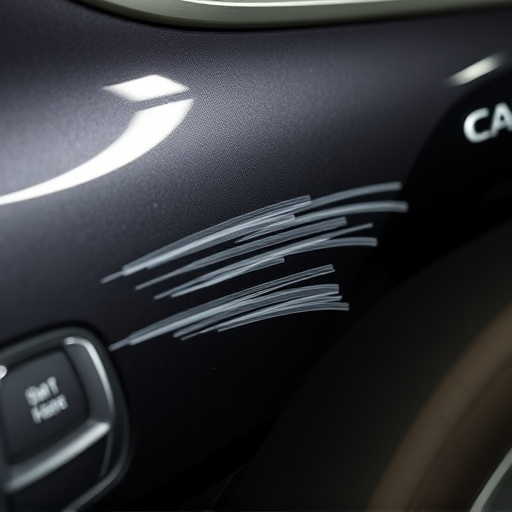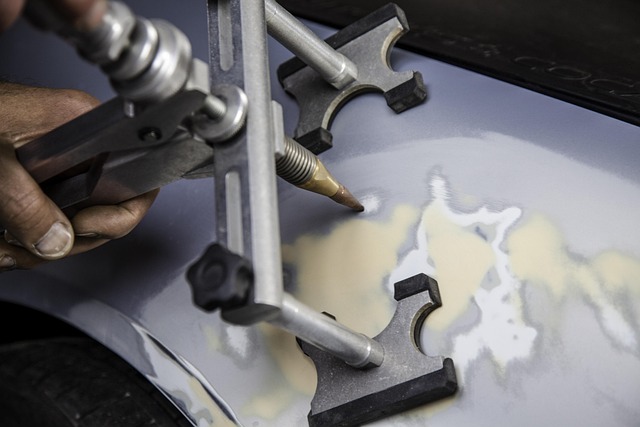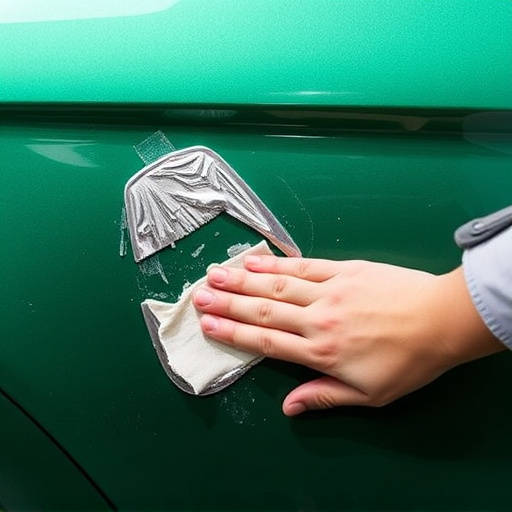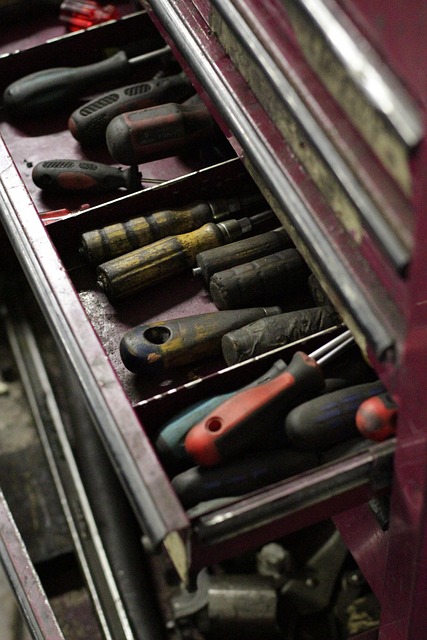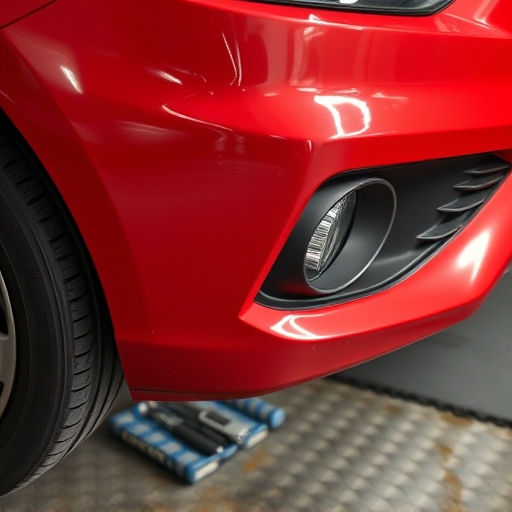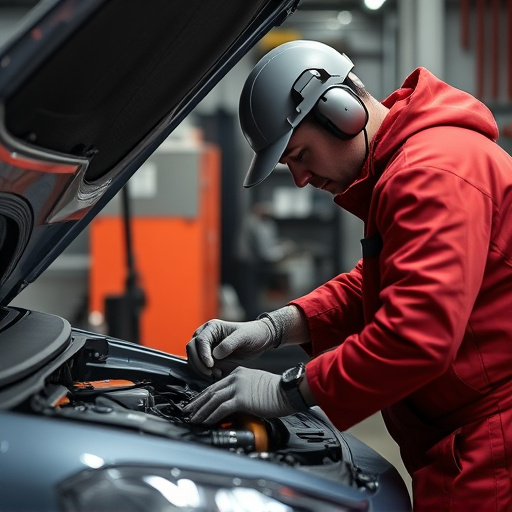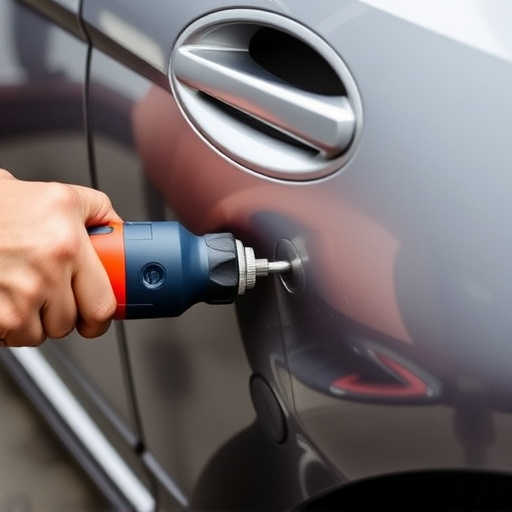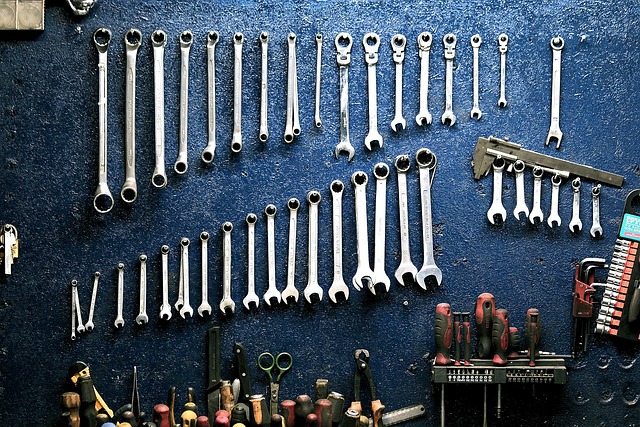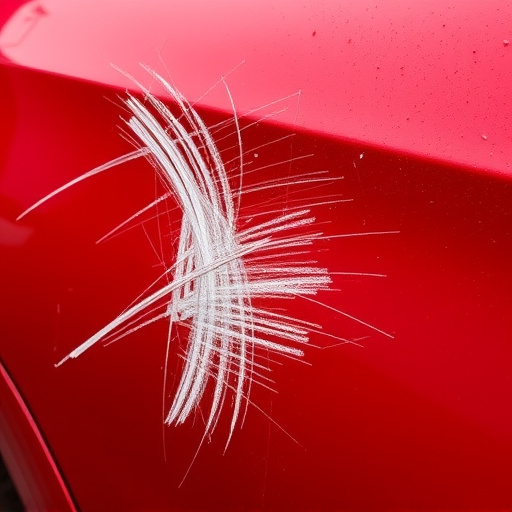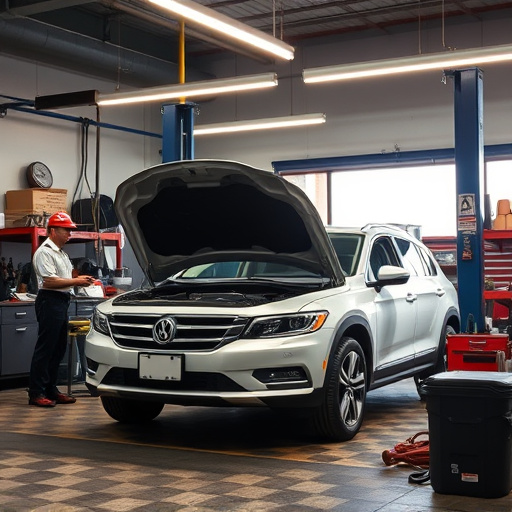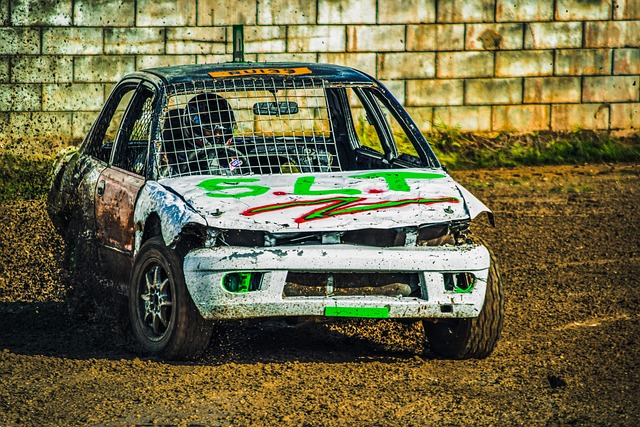Dog leg repair begins with a vet's thorough examination and diagnostic imaging to assess injury extent. Surgery involves incisions, tissue trimming, bone fusion, metal implants or synthetic grafts, and cast application. Post-surgery care includes rest, gentle exercises, physical therapy, hydrotherapy, and adherence to vet guidelines for optimal recovery.
“A dog’s legs bear its entire weight, making them vulnerable to various injuries. If your canine companion is facing a leg issue, understanding the dog leg repair process is crucial. This comprehensive guide offers a step-by-step breakdown of the surgical procedure, from assessing the injury and determining surgical readiness to post-surgery care and rehabilitation. Whether you’re a pet owner or a professional, this article provides valuable insights into ensuring your dog’s swift recovery.”
- Assessing Dog's Leg Injury and Surgical Readiness
- Step-by-Step Surgical Procedure for Leg Repair
- Post-Surgery Care and Rehabilitation Techniques
Assessing Dog's Leg Injury and Surgical Readiness
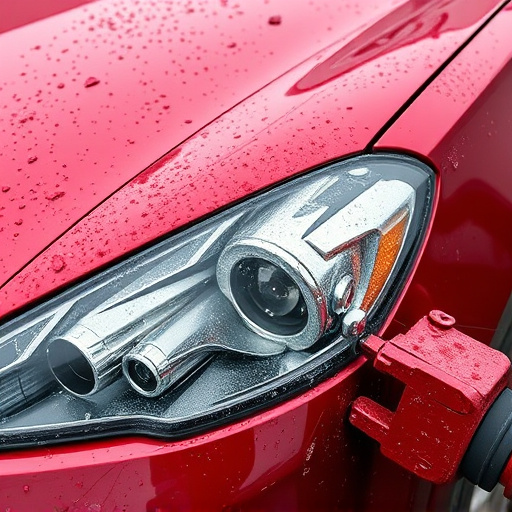
Assessing a dog’s leg injury is a crucial step before initiating any repair process. It involves careful observation and a thorough physical examination by a qualified veterinarian. Signs of discomfort, such as limping, swelling, or visible deformity, indicate potential damage to ligaments, tendons, or bones. X-rays and other diagnostic imaging techniques may be employed to pinpoint the exact nature and extent of the injury, ensuring accurate diagnosis for effective treatment.
Surgical readiness is determined based on several factors, including the dog’s overall health, age, and the severity of the leg injury. Older dogs might have diminished healing capabilities compared to younger ones. Veterinarians will consider the potential risks and benefits of surgery, taking into account the dog’s daily activities and lifestyle. As with any surgical procedure, preparation is key, involving pre-operative assessments and ensuring the pet is in optimal condition for recovery, much like how an automotive repair shop prepares a vehicle before a complex overhaul or restoration job.
Step-by-Step Surgical Procedure for Leg Repair
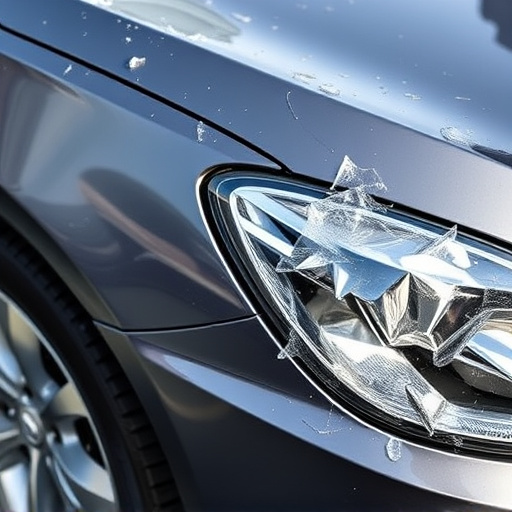
The dog leg repair process involves a meticulous surgical procedure designed to restore stability and mobility to a dog’s leg after an injury or deformity. It begins with a thorough examination, including X-rays, to assess the extent of damage and plan the intervention. The surgeon makes incisions along the affected leg, carefully exposing the damaged areas. Next, they meticulously trim away any weakened or damaged tissue, ensuring clean bone ends for fusion. In some cases, metal implants like plates, screws, or rods are used to stabilize the leg while it heals. These implants, often made from biocompatible materials, are strategically placed to support the weight and promote bone regrowth.
After preparing the leg, the surgeon meticulously sews or glues a synthetic graft onto the damaged area, replacing missing bone tissue. This graft is chosen for its compatibility with the dog’s body and ensures optimal healing. The incisions are then closed, typically using sutures or staples, and a protective cast or splint is applied to immobilize the leg during recovery. In some advanced auto collision center settings, auto glass replacement techniques might be employed to protect and stabilize the leg further, ensuring a seamless dog leg repair process.
Post-Surgery Care and Rehabilitation Techniques
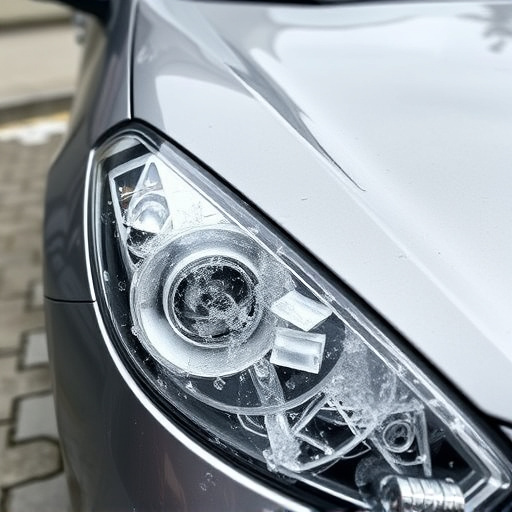
After a successful dog leg repair surgery, proper post-surgery care and rehabilitation are essential for a smooth recovery. The first few days are critical as the surgical site needs to be kept clean and dry to prevent infection. This includes regular cleaning with gentle antiseptic solutions and monitoring for any signs of redness, swelling, or discharge. Rest is crucial, but controlled movement and gentle exercises will aid in reducing stiffness and improving joint function over time.
Rehabilitation techniques such as physical therapy and hydrotherapy can significantly enhance recovery. Physical therapy involves targeted exercises to improve range of motion and strengthen muscles around the repaired area. Hydrotherapy, utilizing water-based exercises, is a low-impact approach that helps in pain management, muscle relaxation, and joint mobility without stressing the body. Just as with any vehicle body repair or bumper repair process, patience is vital during this phase. Each dog’s recovery pace is unique, so it’s important to follow the veterinarian’s guidelines and consult them if any concerns arise.
Dog leg repair is a meticulous process that requires professional expertise. By understanding the assessment, surgical procedure, and post-surgery care, owners can actively contribute to their pet’s recovery. Following these steps ensures the best outcomes for canine leg injuries, restoring mobility and comfort for your beloved companion.
